PEAL Labelling
If your business grows, packages or processes food, you are subject to new food labelling standards. Changes to the ANZ Food Standards Code for Plain English Allergen Labelling (PEAL) took effect from 25th February 2024.
This article outlines the Plain English Allergen Labelling (PEAL) requirements — what it is, why changes are needed, how manufacturers comply and how to get help with the transition.
What are the new PEAL labelling requirements?
Between 2013 and 2022 there were 346 food recalls due to undeclared allergens. These sneaky little ingredients – or allergens, can result in minor irritations, serious illness or even death. Consumer consultation found that when allergens were declared on food labels, they were not always clear and easily identifiable.
As a result, on 25 February 2021 the Australia New Zealand Food Standards Code (the Code) was amended to introduce new requirements for the labelling of allergens in food (PEAL). The changes will help people find allergen information on food labels easier, so they can make informed and safe food choices.
These requirements include that in the statement of ingredients, allergen declarations must:
- display simple, plain English terms in bold font
- have bold font contrasting distinctly with other text
- have the same size font as other text
- be in a specific format and location on food labels
For example, ‘Gluten’ must appear in the summary statement whenever gluten from wheat, rye, oats or barley (or their hybrids) is present. Cannot use the term ‘Cereals containing gluten’.
What is the deadline for PEAL label compliance?
Any new labels or food item produced must now comply with new labelling requirements. A 2-year stock-in-trade grace period is enabled. This means any food packaged and labelled with existing allergen declarations before the end of the transition period may be sold for up to 2 years after the end of the transition period (Australia New Zealand Food Standards Code 2021). *Information correct at the time of publishing.
Who needs to act?
If you are printing ingredients on labels for food or beverages, you may need to take action to ensure your equipment and labels are PEAL compliant.
insignia is here to help. With the support of PEAL compliant BarTender Software, we can help make compliance with Food Standards Australian & New Zealand (FSANZ) labelling easy.
How can we help?
Our experts can help guide you through the best way to transition your labels and ensure you comply with new legislative requirements, or alternatively speak to us about template software that can be configured for dynamic food labelling.
If you need further information on PEAL, we recommend the following resources:













